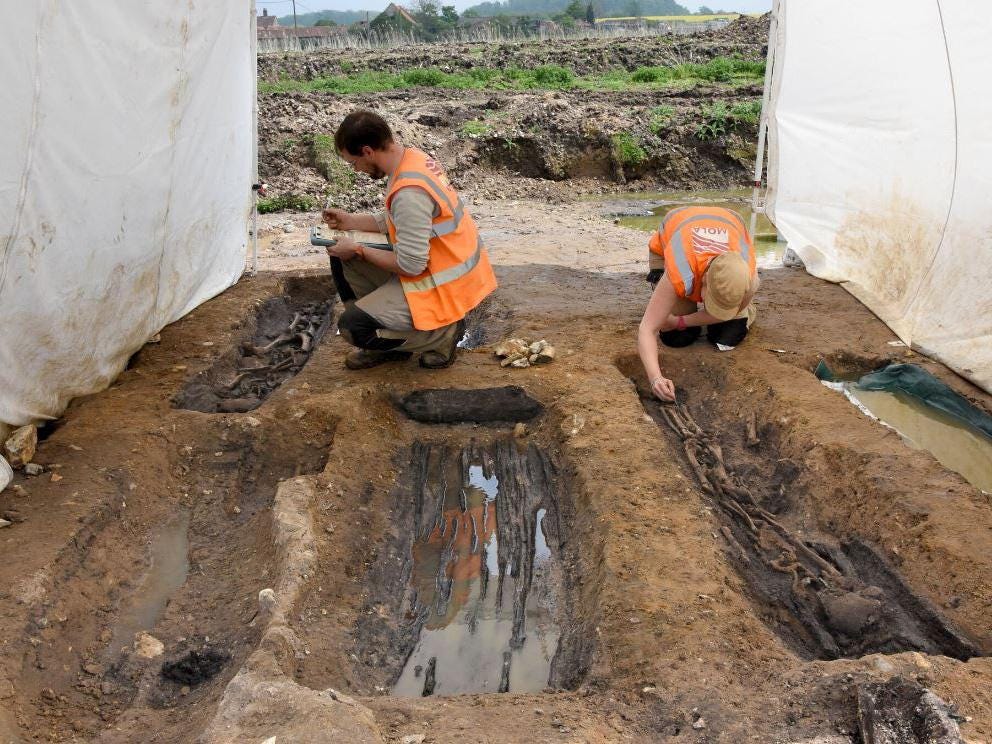In 1721, missionary Hans Egede sailed a ship called The Hope from Norway to Greenland, seeking Norse farmers whom Europeans hadn't heard from in 200 years in order to convert them to Protestantism. He explored iceberg-dotted fjords that gave way to gentle valleys, and silver lakes that shimmered below the massive ice cap. But when he asked the Inuit hunters he met about the Norse, they showed him crumbling stone church walls: the only remnants of 500 years of occupation. "What has been the fate of so many human beings, so long cut off from all intercourse with the more civilized world?" Egede wrote in an account of the journey. "Were they destroyed by an invasion of the natives … [or] perished by the inclemency of the climate, and the sterility of the soil?"
Archaeologists still wonder today. No chapter of Arctic history is more mysterious than the disappearance of these Norse settlements sometime in the 15th century. Theories for the colony's failure have included everything from sinister Basque pirates to the Black Plague. But historians have usually pinned most responsibility on the Norse themselves, arguing that they failed to adapt to a changing climate. The Norse settled Greenland from Iceland during a warm period around 1000 C.E. But even as a chilly era called the Little Ice Age set in, the story goes, they clung to raising livestock and church-building while squandering natural resources like soil and timber. Meanwhile, the seal-hunting, whale-eating Inuit survived in the very same environment.




